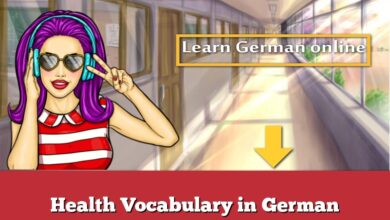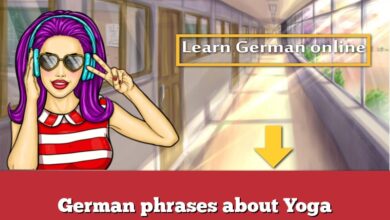Articles in German

One of the first questions you might have about learning German is how to say German articles, “the” , “a” and “an”.
But, the choices are a little more complicated in German. Instead of two options, you have 11: der, die, das, den, dem, des, ein, eine, einen, einem, and eines.
However, you shouldn’t let these articles intimidate you. Because there are plenty of guidelines that can help you choose right.
Like most other aspects of the German language, there are several systematic ways to learn the different articles.
Fortunately, German articles can tell you a lot more information about a sentence. And there are many effective ways of remembering which one to use when.
For example, German articles can reveal more about the noun:
- Number – Articles in German can tell you if a noun is singular or plural.
- Gender – German articles indicate the gender of the noun they precede.
- Case – You can also tell which words are the subject, direct object, and indirect object. Using the right articles, you’ll have the flexibility to change the word order without changing the meaning! In English, we don’t have this luxury. Because we have to stick to a specific sentence structure to make sense.
- Definite Articles – In English, we use the word “the” to talk about a specific person, idea, or object. The three main definite articles in German are der, die, and das.
- Indefinite Articles – The words “a” and “an” allow us to speak about more generic people, places, or objects. In German, words like ein and eine are the equivalent.
| English | German | Definite Article | Indefinite Article |
|---|---|---|---|
| The book | Das Buch | das | ein |
| The house | Das Haus | das | ein |
| The car | Das Auto | das | ein |
| The table | Der Tisch | der | ein |
| The chair | Der Stuhl | der | ein |
| The cat | Die Katze | die | eine |
| The dog | Der Hund | der | ein |
| The apple | Der Apfel | der | ein |
| The computer | Der Computer | der | ein |
| The school | Die Schule | die | eine |




























